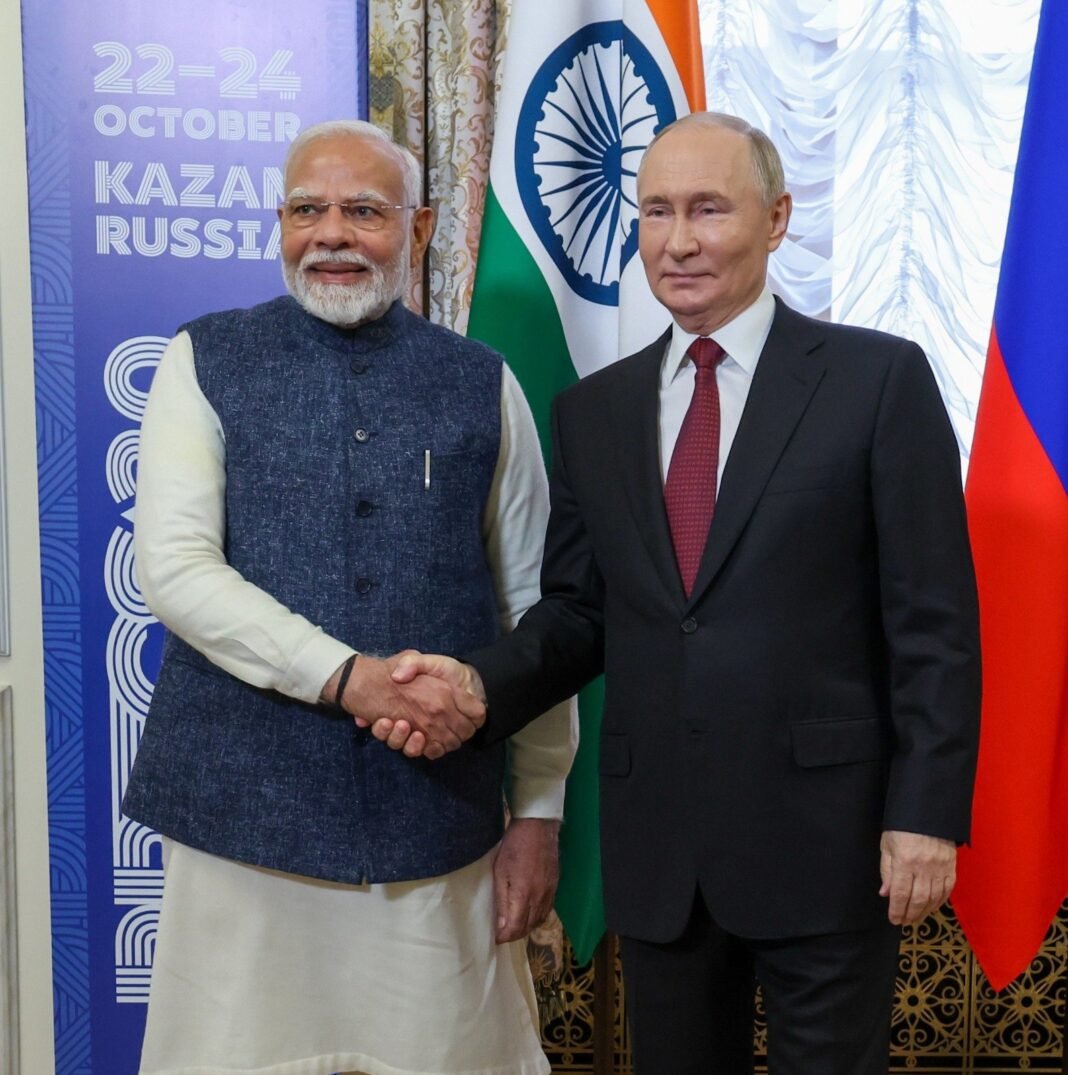In the Turkish city of Istanbul, Ukraine and Russia again failed to come in consensus about an “unconditional ceasefire” however the two committed to return the bodies of 12,000 soldiers. Expectations were low even before the talks started, with both sides remaining deeply divided on how to end a war that has been raging since Russia launched its full-scale invasion of Ukraine in February 2022. In this “complex interdependent” world structure, all big powers get involved in this prolonged war where India took a very proactive stance.
Since the beginning of the War, Prime Minister Narendra Modi has spoken to both President Vladimir Putin and President Volodymyr Zelenskyy, urging peace and restraint. His 2022 statement to Putin at SCO summit, “This is not an era of war” resonated globally and was even quoted in international summits, reflecting India’s soft-power diplomacy. India’s stance is neither passive nor indifferent rather very much balanced as External Affairs Minister S. Jaishankar has repeatedly emphasized how India’s decisions are driven by its national interests, not global pressure. It is reflective of a foreign policy tradition that dates back to non-alignment movement (NAM), but now evolutes in a multipolar 21st century world.
India’s challenge lies in balancing its growing partnership with the West, especially the U.S., with its historical ties to Russia. As a member of the Quad alliance alongside the U.S., Japan, and Australia, India supports a rules-based international order in the Indo-Pacific. Yet, on Ukraine, New Delhi has maintained a non-aligned approach reminiscent of its Cold War foreign policy.
One of the most notable consequences of India’s balancing stance has been its surge in oil imports from Russia. With the West imposing sweeping sanctions on Russian energy exports, Indian refiners have continued to import Russian oil in large volumes, helping manage inflation at home and ensuring economic continuity. Moreover, Russia remains one of India’s largest arms suppliers and a vital partner in space, nuclear energy, and trade. New Delhi has argued that these purchases do not violate any sanctions regimes and are consistent with its vision of “Viksit Bharat”.
On the other hand, Prime Minister Narendra Modi visited Ukraine and signed four agreements to provide for cooperation in agriculture, medicine, culture & humanitarian assistance, including medical supplies and disaster relief. It facilitated the evacuation of thousands of Indian nationals, mostly students, from Ukraine during the early days of the War under “Operation Ganga”. India has also called for the protection of civilian infrastructure and adherence to international humanitarian law on multiple occasions, aligning with its image as a peace-seeking democracy.
Thus, in the post-covid world, when polar politics is changing day by day, India’s stance may serve as a model for other nations navigating the complex geopolitics of great power rivalry. Whether this approach strengthens or limits India’s global influence remains to be seen—but for now, New Delhi is staying the course: principled, pragmatic, and non-aligned. India has consistently called for dialogue and diplomacy, emphasizing respect for international law without explicitly naming or blaming any party.
India’s foreign policy machinery has worked tirelessly to maintain a delicate equilibrium. It continues to strengthen strategic and economic partnerships with the United States and European Union through initiatives such as the Quad and bilateral trade agreements. Simultaneously, it preserves a robust relationship with Russia, a long-standing defence partner and a key player in Eurasian security.
So, in crux we can say, India’s role in the Ukraine–Russia conflict reflects its ambition to be a global power with strategic autonomy. As the world’s most populous country and a major economy, India is asserting its right to make independent foreign policy choices, even when they don’t align perfectly with either Western or Eastern blocs.








